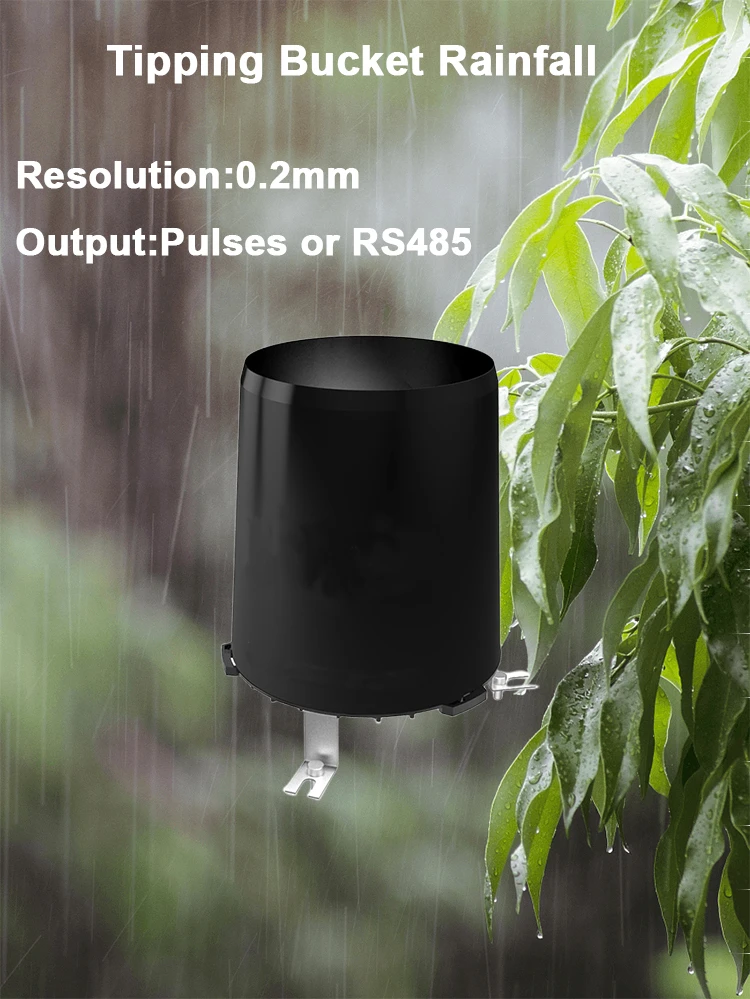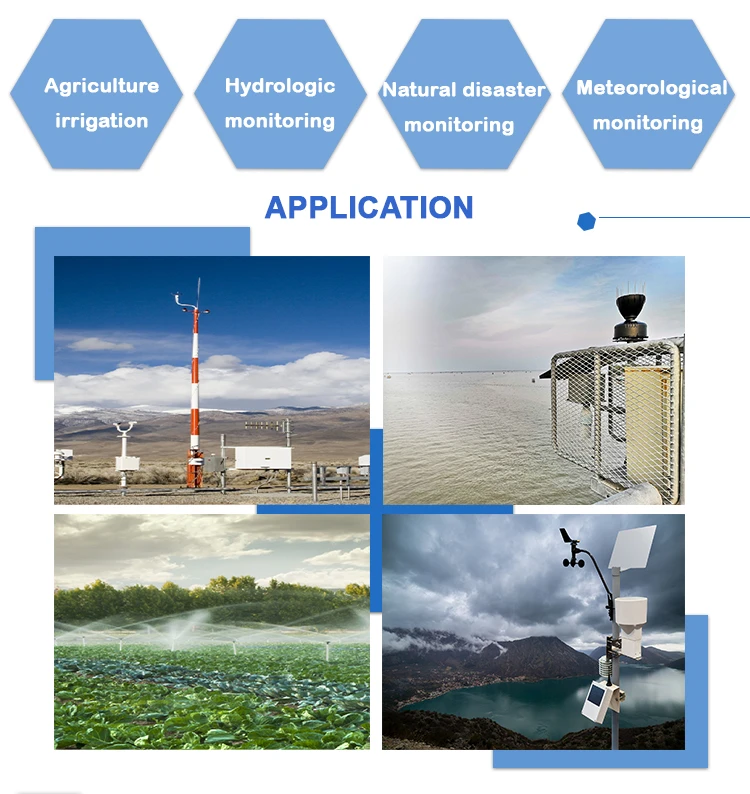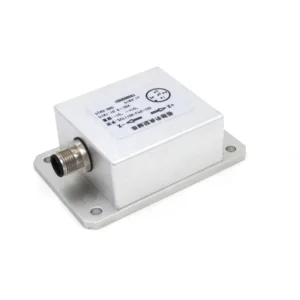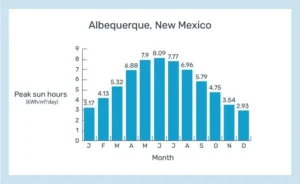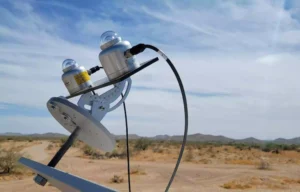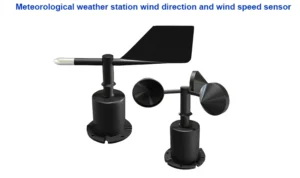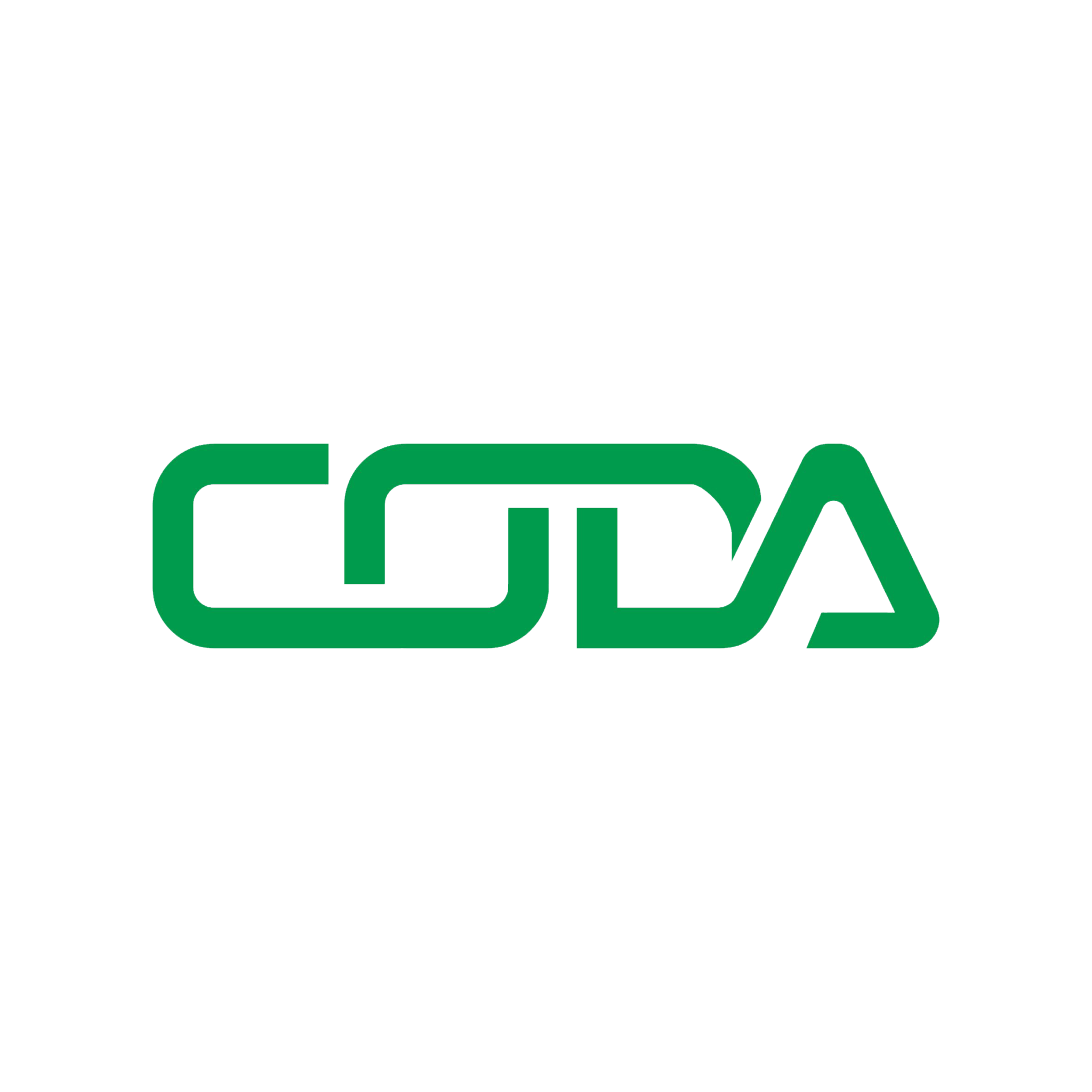Rain gauges and their relevance in the livestock industry
Rain gauges play a key role in the livestock industry. They help improve resource management and support sustainable practices. Here are some key ways ranchers can use rain gauges in animal care:
1. **Ranch management**
In rangeland management, rain gauges help ranchers track rainfall. This information helps improve how we manage pastures and feed livestock. Ranchers can use rainfall data to see how well their pastures will grow.
This helps them make good choices about when to graze and how many animals to keep. These choices help keep pastures healthy and sustainable for a long time.
2. **Drought and flood preparedness**
Rain gauges give real-time data on rainfall. This helps ranchers stay aware of extreme weather, like droughts and floods. When a drought occurs, ranchers can take steps to help their livestock.
They can pre-feed their animals or find other water sources. This helps reduce the effects of the drought on their animals. In a flood warning, rain gauge data helps to quickly evacuate livestock. This stops damage from rising water.
3. **Water resource planning**
Rain gauge measurements help plan water resources for livestock. Ranchers use this information to see how much water is available over time. They design irrigation systems and set up livestock watering. This helps make sure they have enough water for their work all year.
4. **Environmental impact assessment**
Collecting long-term rainfall data helps ranchers see how climate change and human actions impact rangeland ecosystems. This insight helps them reduce harm to the environment. It also helps maintain balance in grazing areas.
5. **Forage cultivation management**
Rain gauges help ranchers who grow fodder crops. They let ranchers check rainfall levels accurately. These readings, along with soil moisture data and crop needs, help ranchers choose when to plant and what feed to use.
Informed decisions help increase forage production. They also make water use more efficient during farming.
6. **Drought-season resource allocation**
During droughts, ranchers use rain gauges to check water levels and food supplies. If drought conditions threaten feed supply, ranchers can quickly feed their animals sooner or find more water. This helps protect their operations from losing resources.
conclusion
Using rain gauges in livestock management improves resource use. It reduces risks from natural disasters. It also helps ranchers deal with changing weather and climate issues.
Using rainfall data helps develop sustainable livestock practices. This boosts the industry’s resilience, improves animal health, and supports ranch operators’ finances.
Ranchers can make good choices by using rain gauge data. This helps them grow in a sustainable way and manage their impact on the environment.
